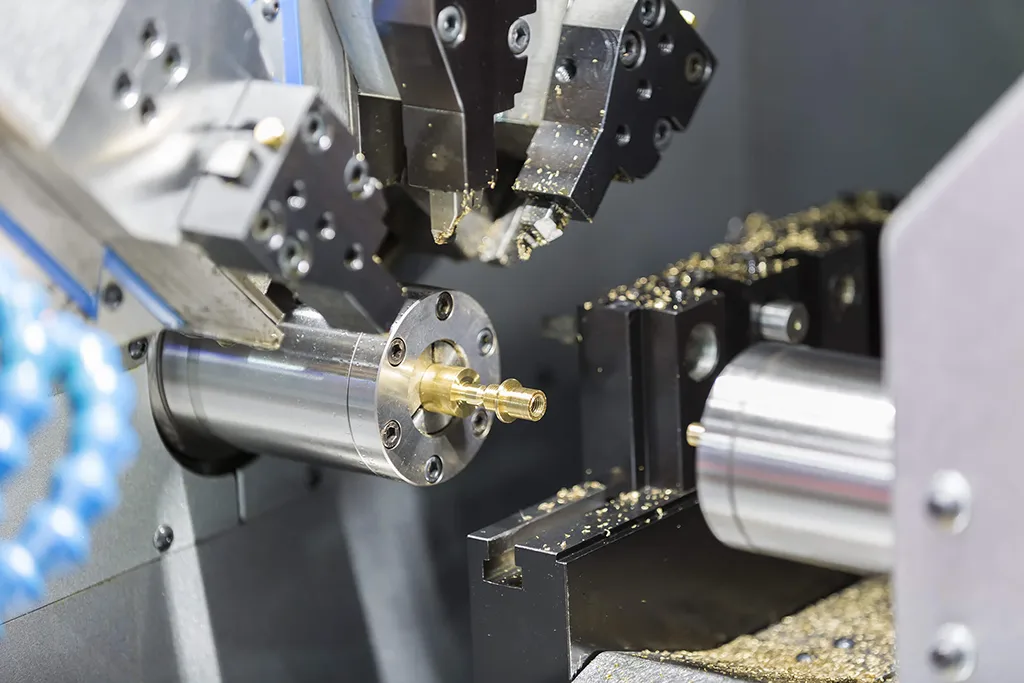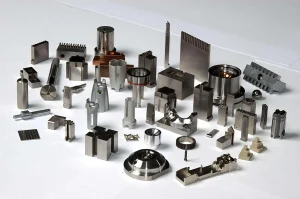Metal bending is a crucial process in manufacturing and fabrication. It involves deforming metal sheets or sections into desired shapes and angles. This technique is widely used in various industries, from construction to automotive. Understanding the advantages of metal bending can help businesses optimize their production processes. In this article, we will explore the key benefits of metal bending.

1. Precision and Accuracy
One of the primary advantages of metal bending is the precision it offers. Advanced machinery, such as CNC (Computer Numerical Control) bending machines, ensures high accuracy in every bend.
Consistent Results
With CNC technology, manufacturers can achieve consistent results across multiple pieces. This precision minimizes the need for rework, reducing material waste and saving time. Consistency in manufacturing leads to higher quality products, which is crucial for customer satisfaction.
2. Versatility
Metal bending is incredibly versatile. It can accommodate a wide range of materials, including aluminum, steel, and copper. Each material has unique properties, and bending can enhance these characteristics.
Various Applications
This versatility allows for applications in different sectors. For instance, in construction, metal bending is used to create structural components like beams and frames. In the automotive industry, it is essential for producing parts like chassis and brackets. This adaptability makes metal bending a valuable process for manufacturers.
3. Cost-Effectiveness
Metal bending can be a cost-effective manufacturing solution. The process reduces material waste compared to traditional cutting methods. Instead of cutting out pieces, bending uses the existing material more efficiently.
Reduced Labor Costs
Additionally, automated bending machines decrease labor costs. Operators can set up and run multiple machines simultaneously, increasing productivity. This efficiency allows businesses to reduce production costs while maintaining quality.
4. Enhanced Strength and Durability
Bending metal can enhance the strength and durability of components. The process of bending introduces residual stresses that can improve the metal’s overall integrity.
Improved Performance
This increased strength is particularly important in applications where structural integrity is critical. For example, components used in construction or automotive applications must withstand significant loads and forces. Metal bending ensures that these parts perform reliably over time.
5. Design Flexibility
Metal bending allows for greater design flexibility. Designers can create complex shapes and geometries that may be challenging to achieve with traditional machining methods.
Creative Possibilities
This creative freedom enables manufacturers to produce innovative designs. For instance, architectural features often require intricate metalwork that bends can easily achieve. The ability to customize designs leads to unique and aesthetically pleasing products.
6. Quick Turnaround Times
Another significant advantage of metal bending is the speed of production. Advanced bending machines can complete tasks quickly, reducing lead times for projects.
Meeting Tight Deadlines
In industries where time is critical, such as construction and automotive, quick turnaround times can be a game changer. Businesses can respond to customer demands more effectively, gaining a competitive edge in the market.
7. Environmentally Friendly
Metal bending can be more environmentally friendly compared to other manufacturing processes. Since it minimizes waste, it contributes to more sustainable practices.
Recycling Opportunities
Moreover, many metals used in bending can be recycled. This recycling potential reduces the environmental impact of production. By choosing metal bending, businesses can align with eco-friendly practices and appeal to environmentally conscious customers.
Conclusion
In summary, metal bending offers numerous advantages, including precision, versatility, and cost-effectiveness. It enhances the strength and durability of components while providing design flexibility. Quick turnaround times and environmentally friendly practices further contribute to its appeal in manufacturing. By understanding these benefits, businesses can leverage metal bending to optimize their production processes. Whether in construction, automotive, or other industries, metal bending remains a vital technique for creating high-quality products. Embracing this process can lead to improved efficiency, reduced costs, and increased customer satisfaction.






